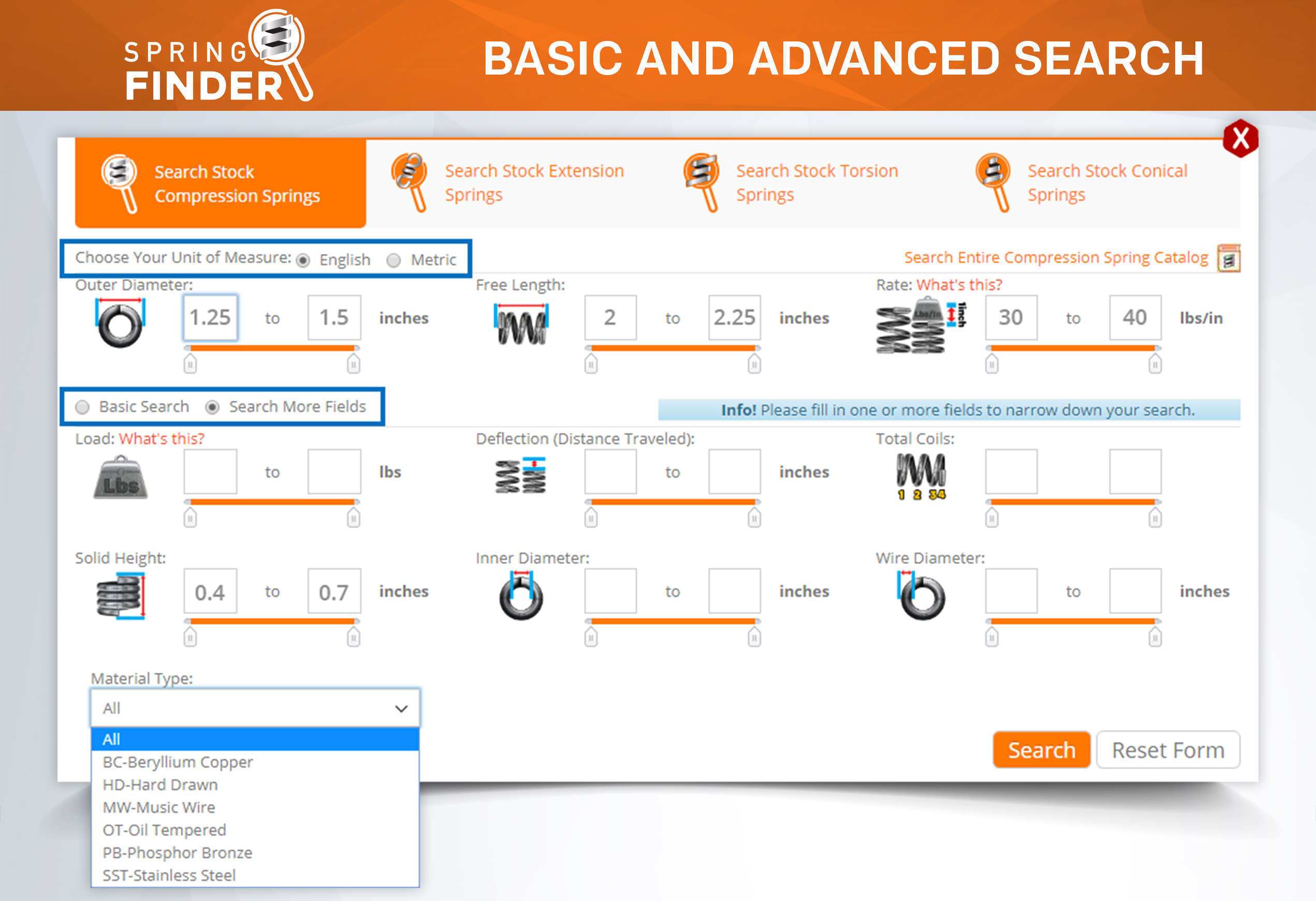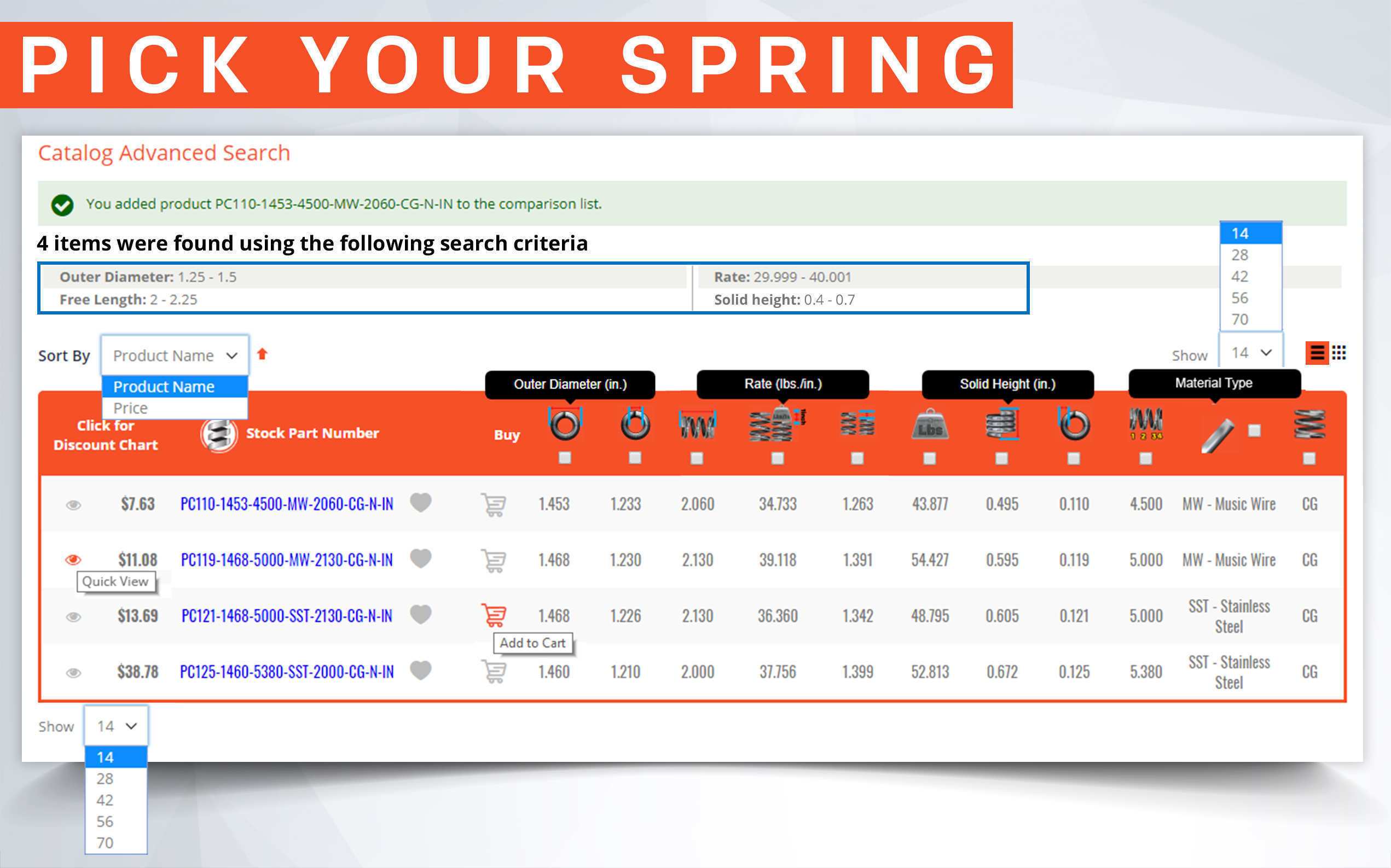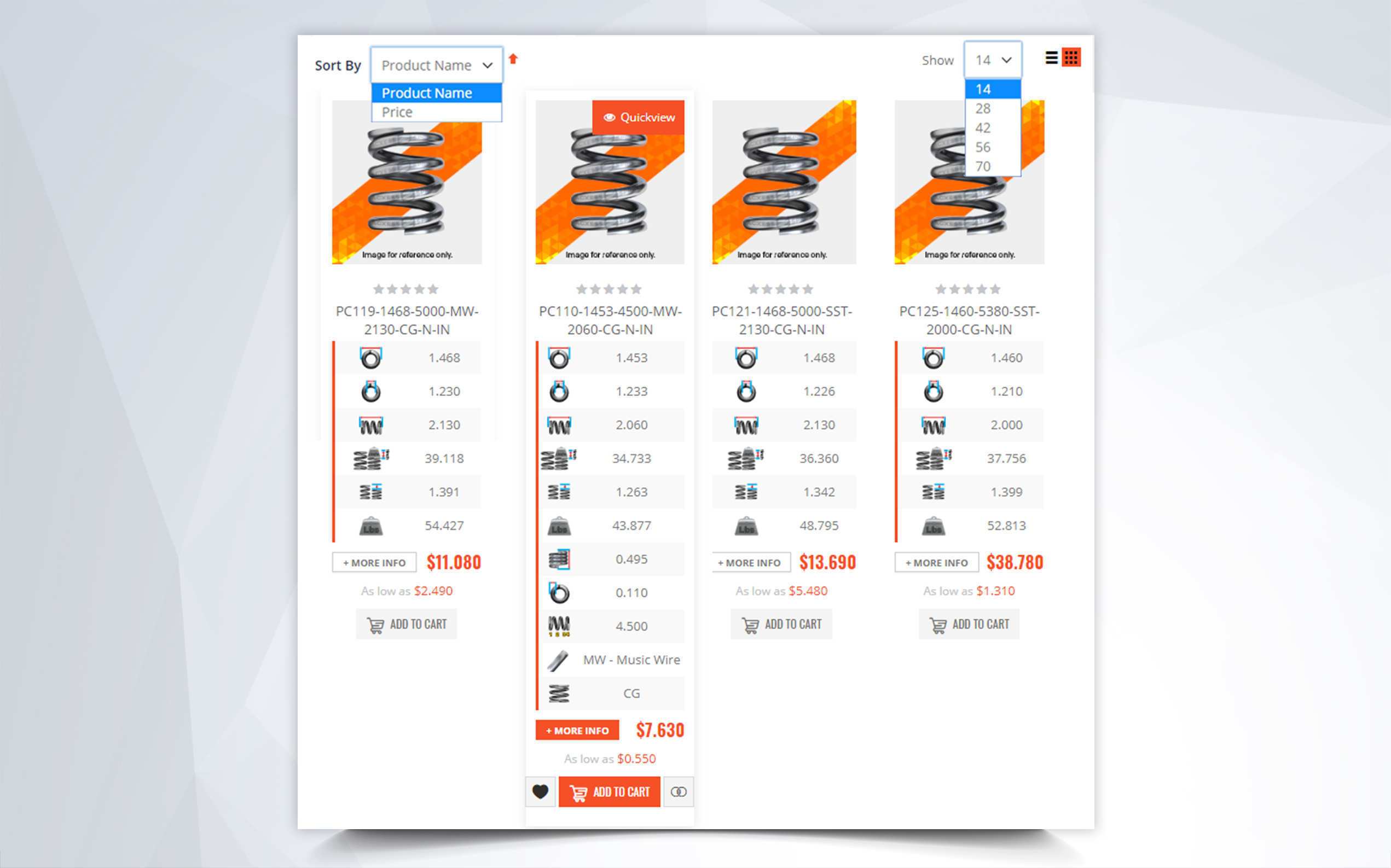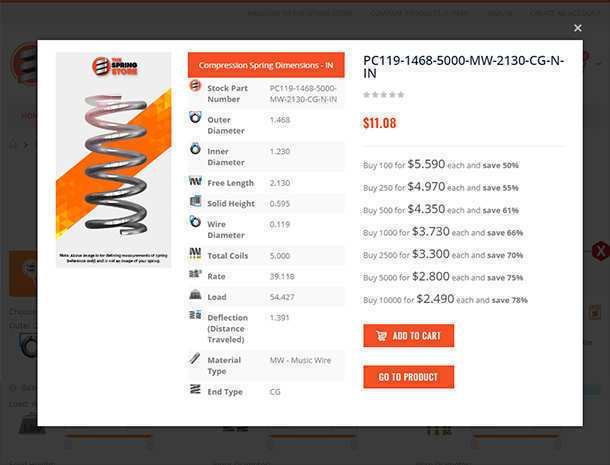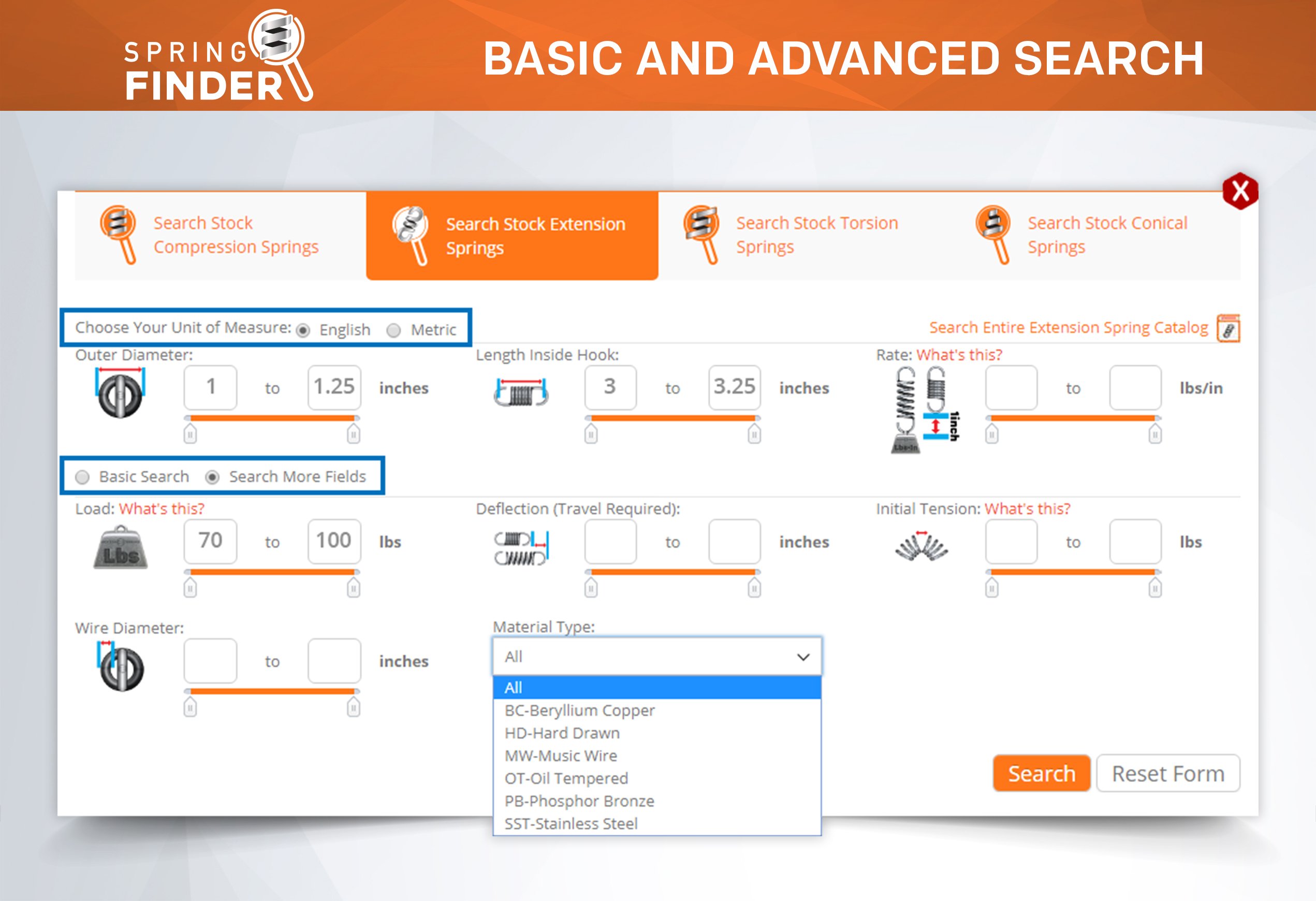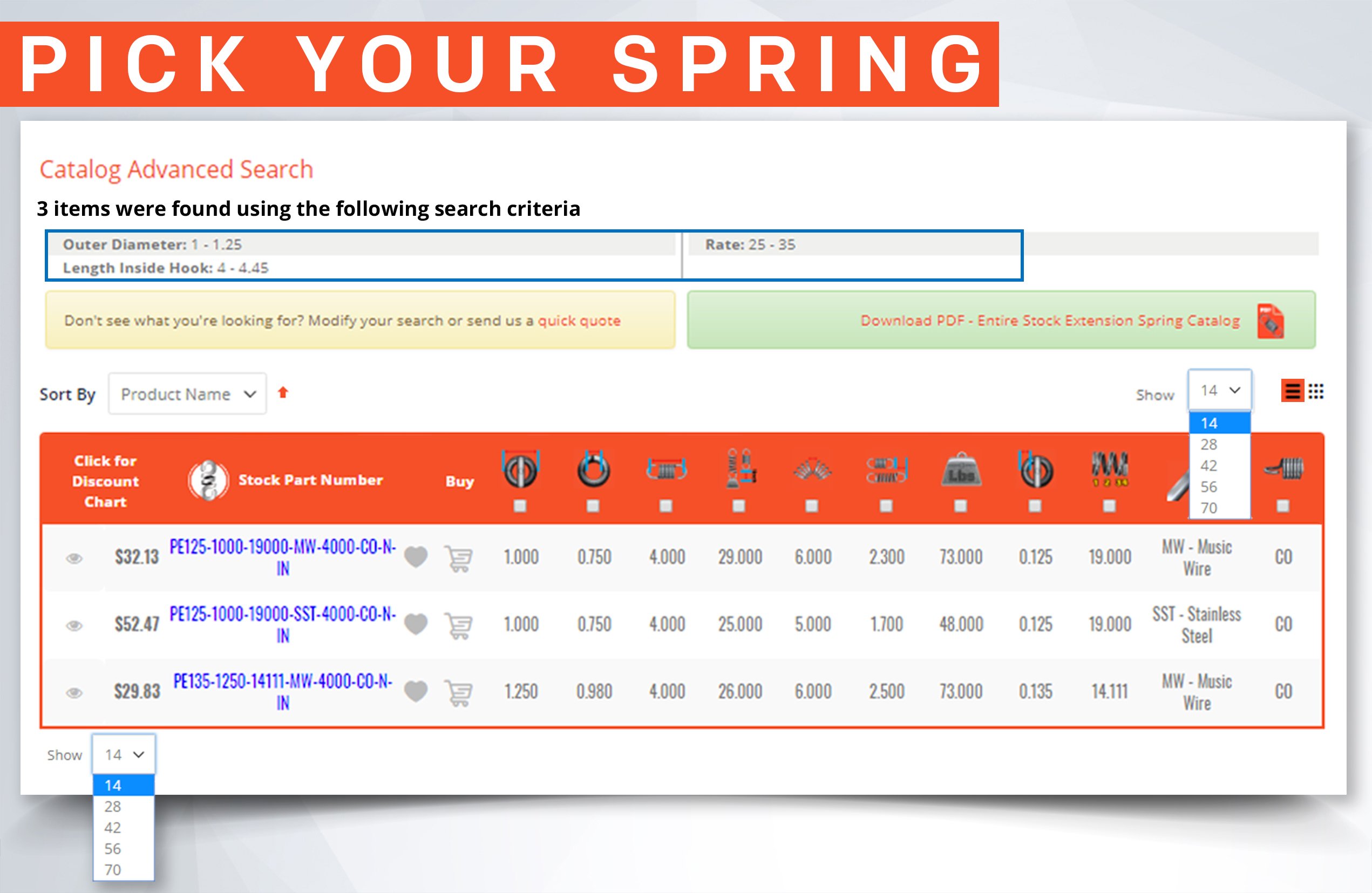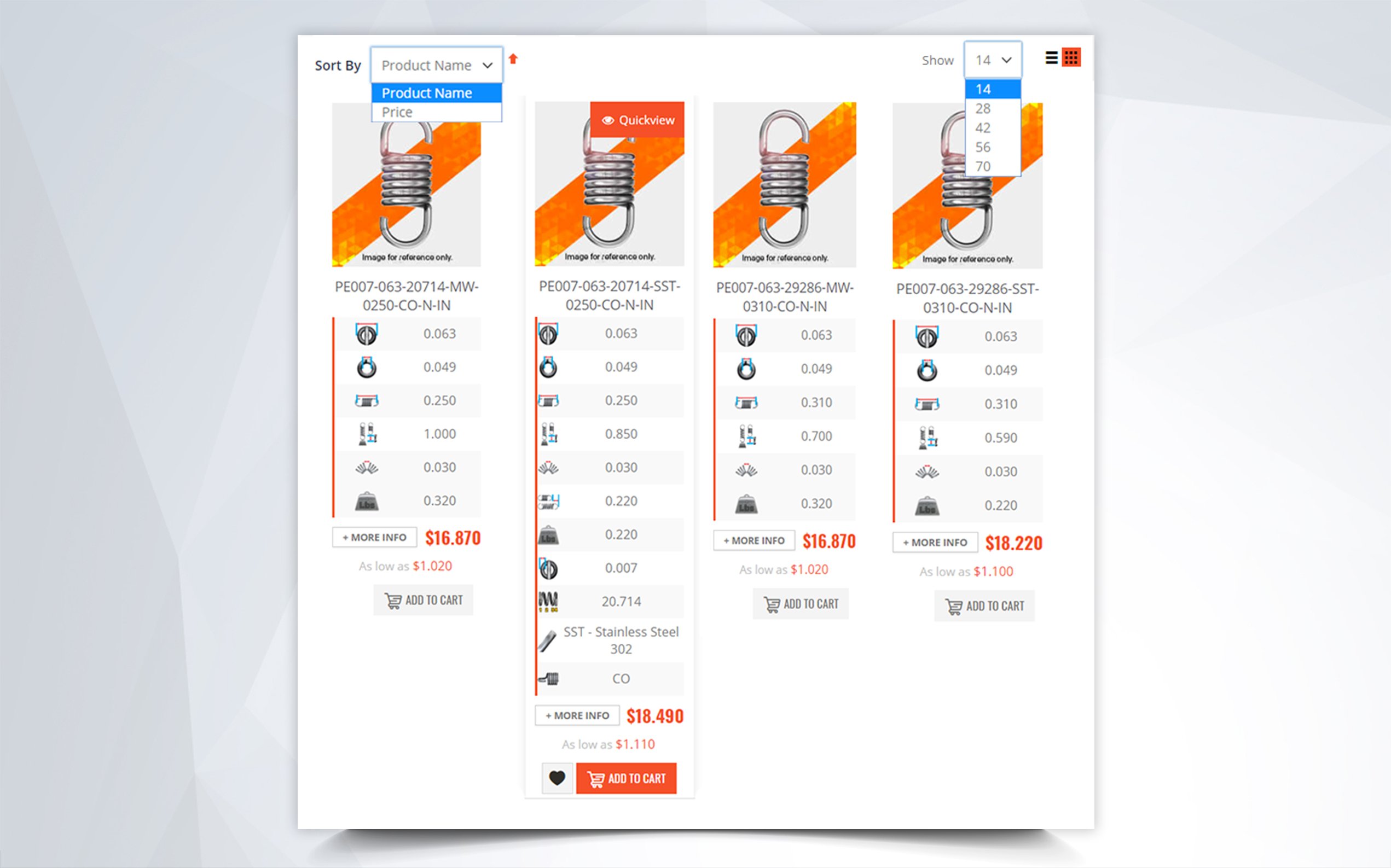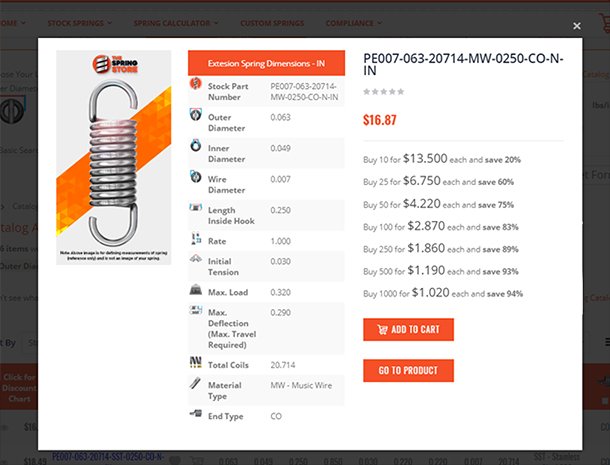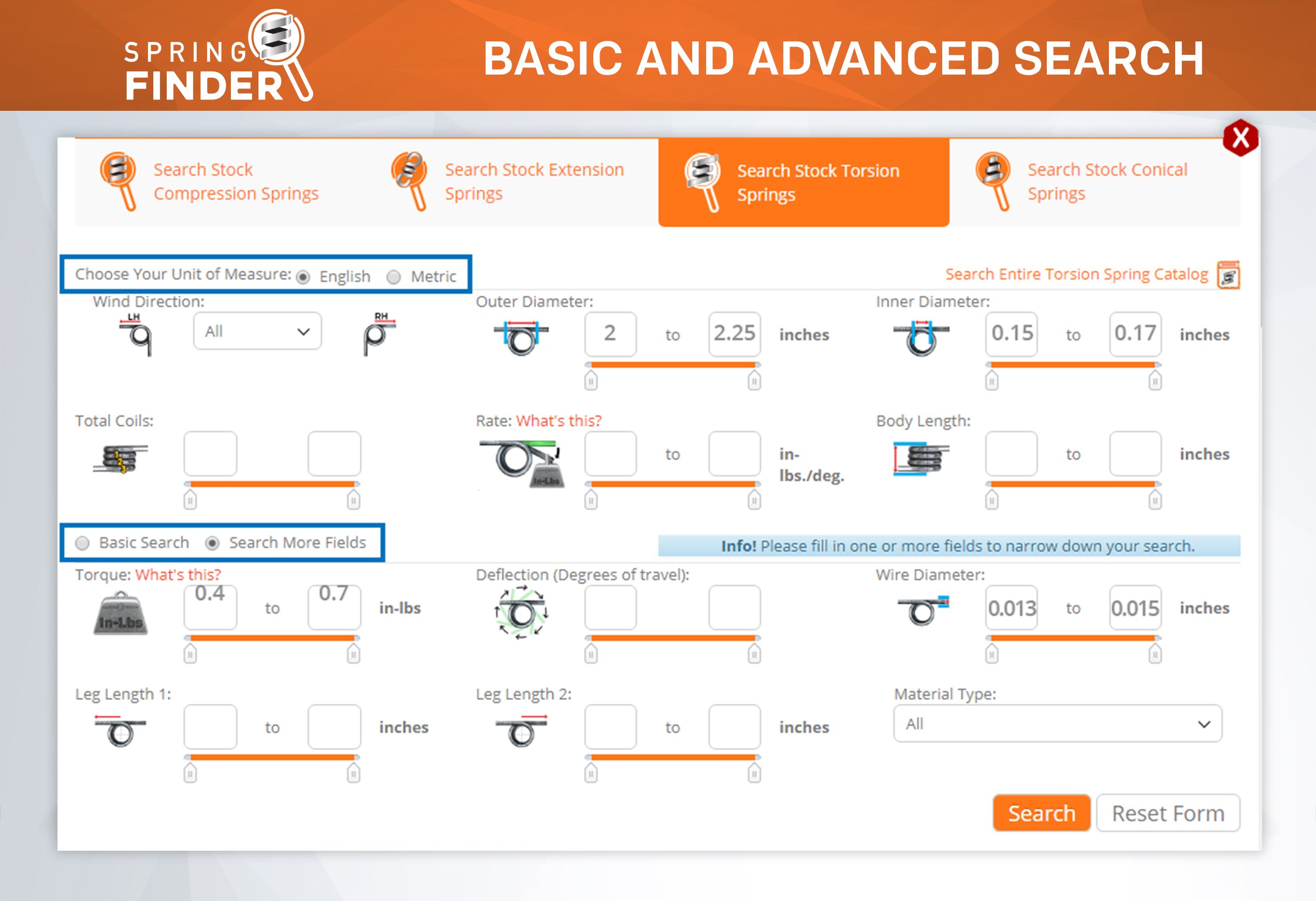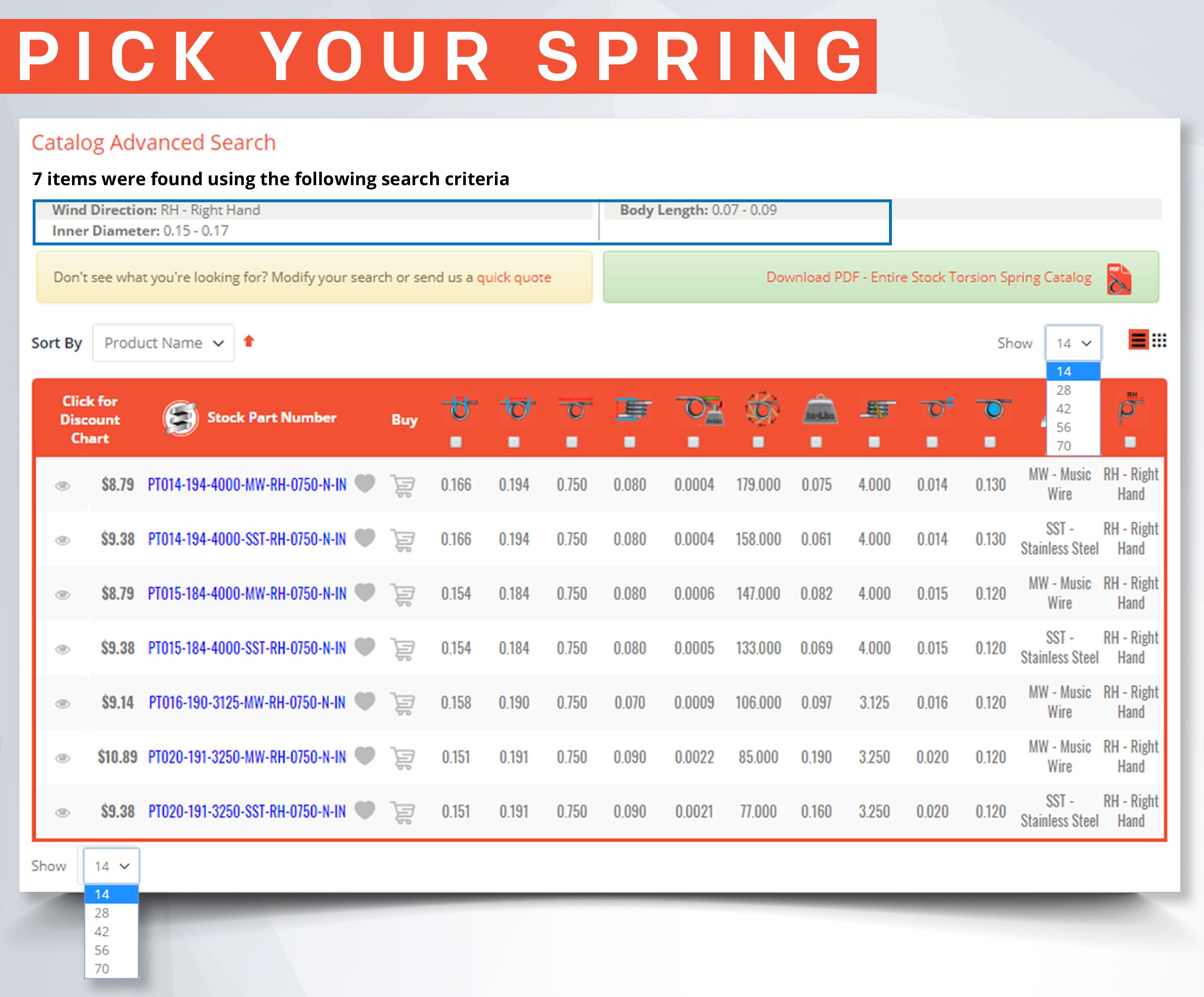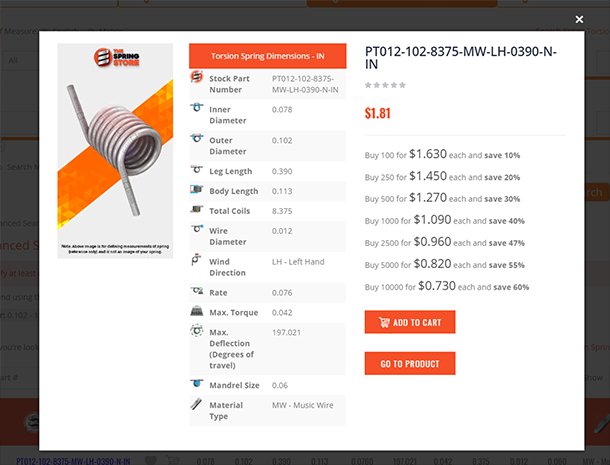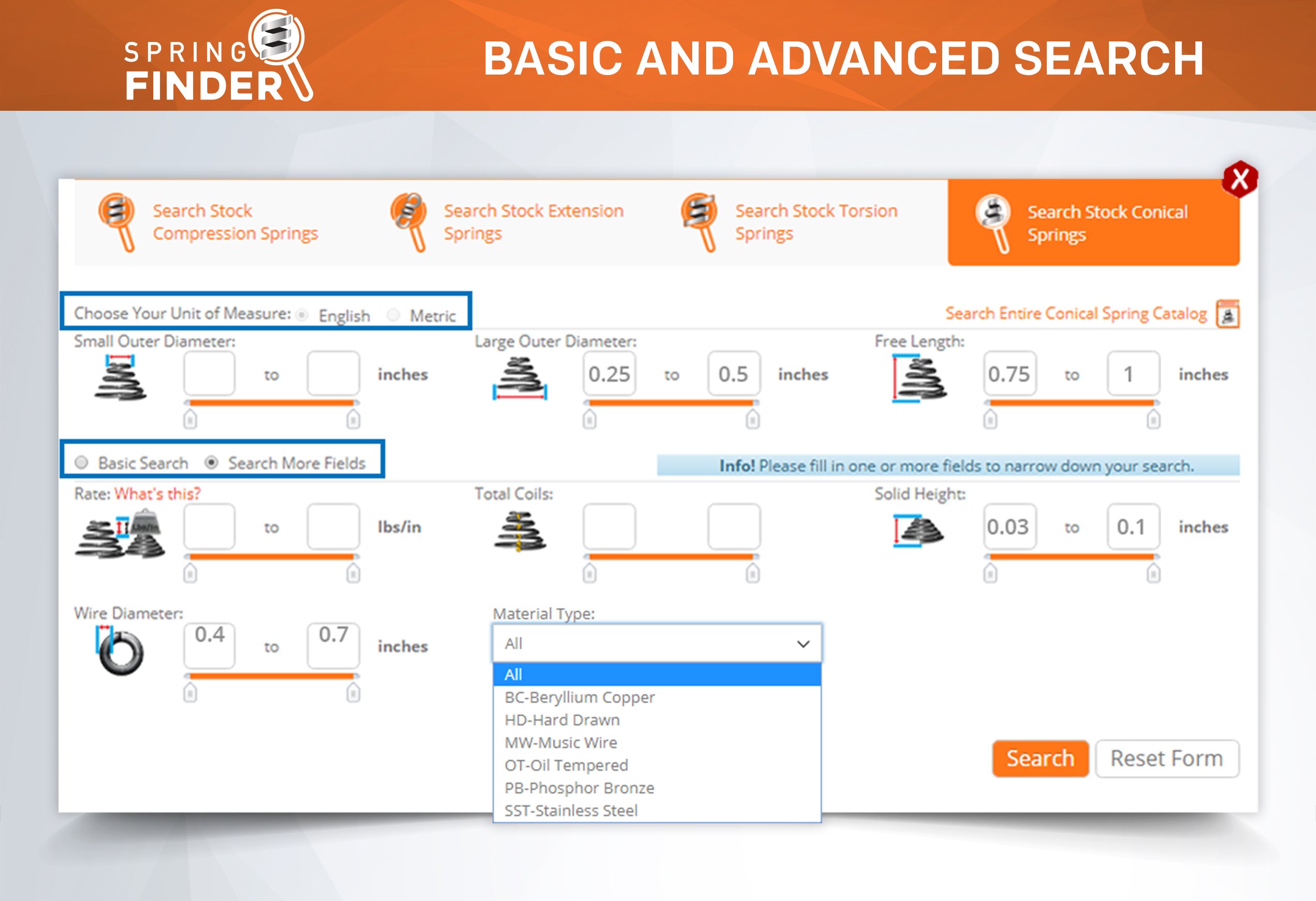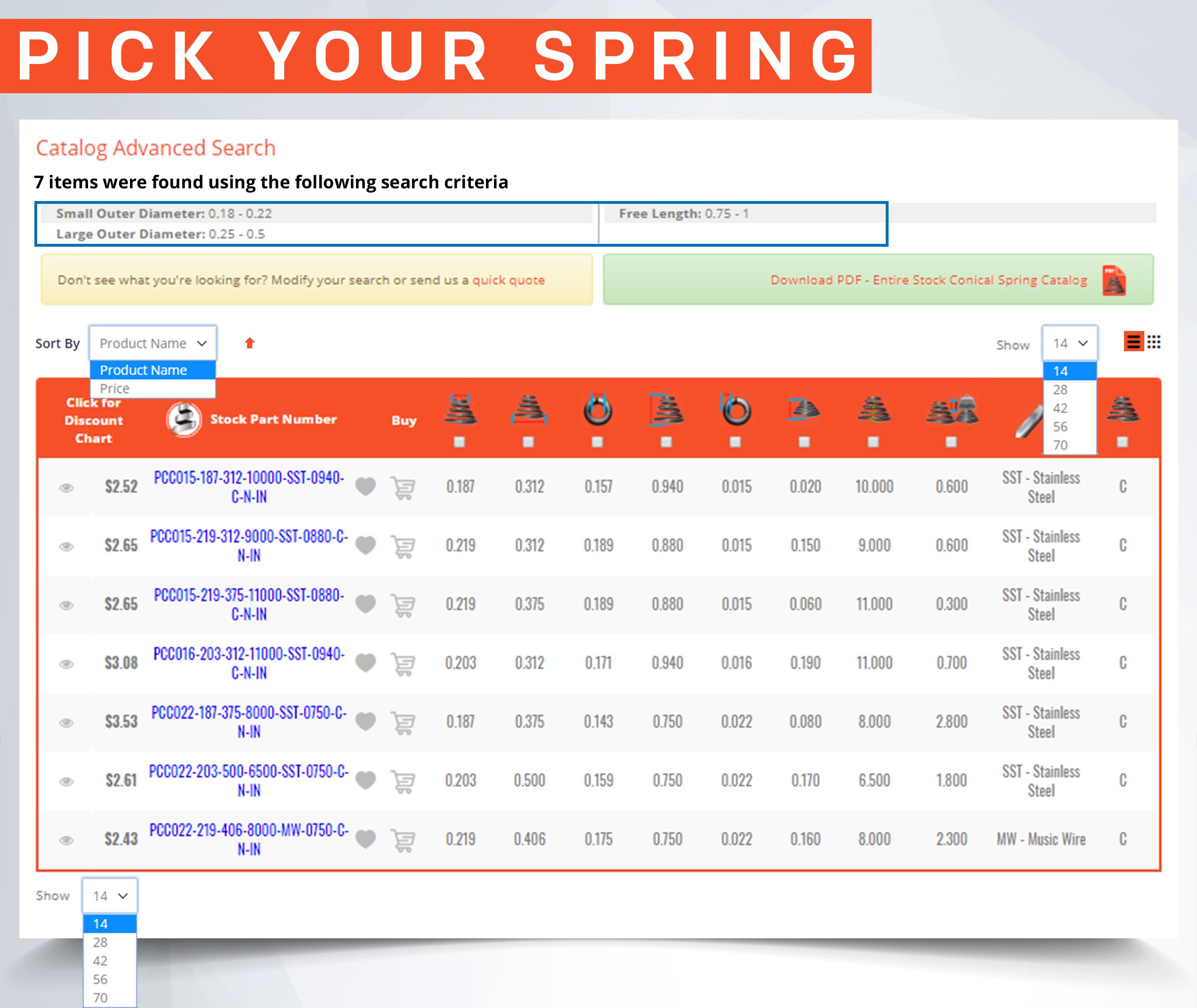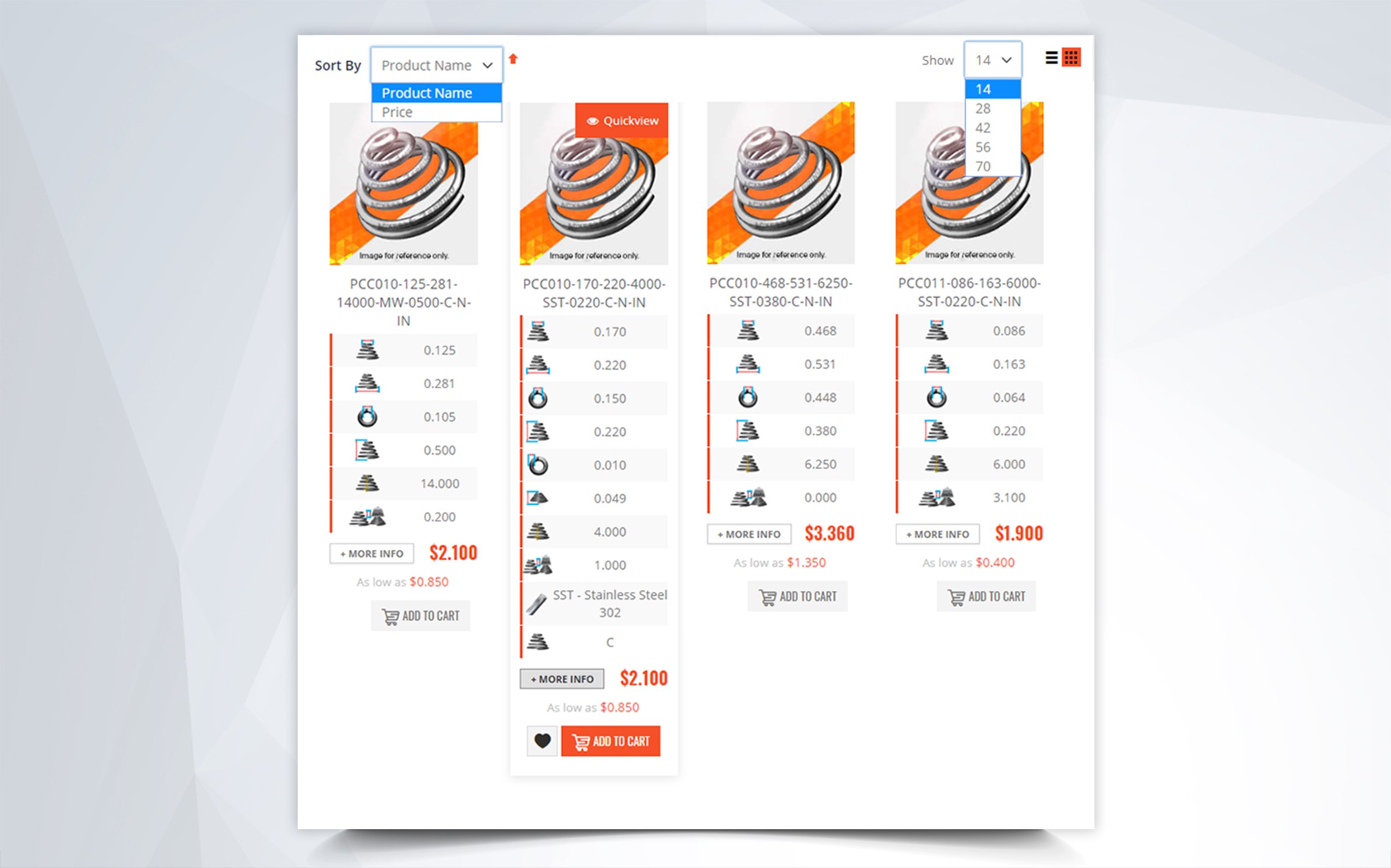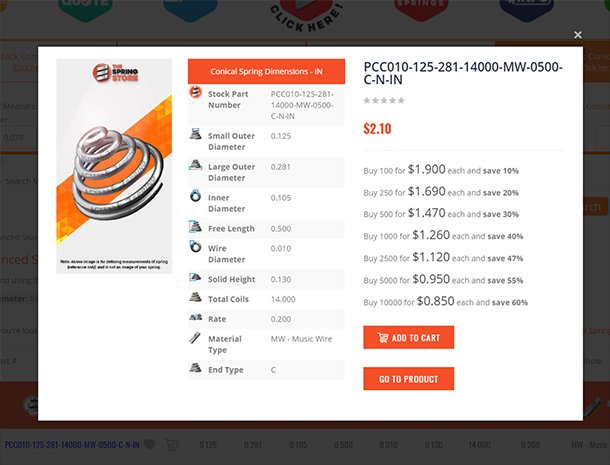Use the Right Spring for Your Application
Springs have revolutionized the way devices work and how we interact with certain products. They have automatized many advanced applications to work adequately with the click of a button or the activation of a switch. Springs form part of many products and they continue to be vital accessories of innovative devices.
How do you know when a spring can be used to assist in a vital function you need?
How do you know when a spring can be used to assist in a vital function you need? Springs can be useful in many cases but the function they carry out varies on the type of spring you use. First of all, it is important to understand what a spring does in general. Springs are resilient objects made from coiled wire and they store mechanical energy. They are divided into 3 categories: compression springs, extension springs, and torsion springs.
Compression Springs
A compression spring is a mechanical device in the shape of a helix made from spring wire. It is used to store or release energy. It can also absorb shock or maintain a force between two surfaces.
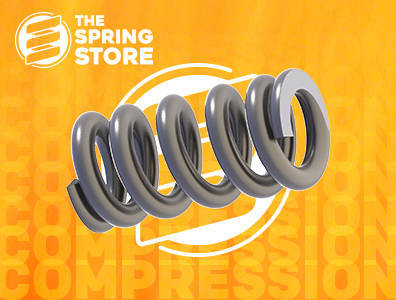
Extension Springs
Helical extension springs are used in devices where a piece is mobilized by a force and needs to return to its original position when the force is taken off. Its hooks allow for it to grab on to your device’s pieces and be pulled/extended.
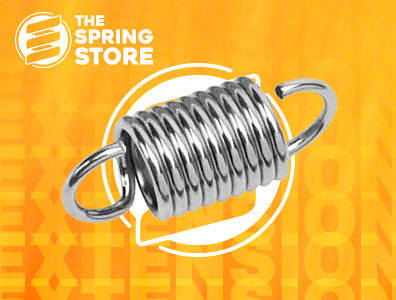
Torsion Springs
Springs which eject a rotational or torsional force when a load is placed on one or both legs causing them to travel to a desired distance in degrees of deflection.
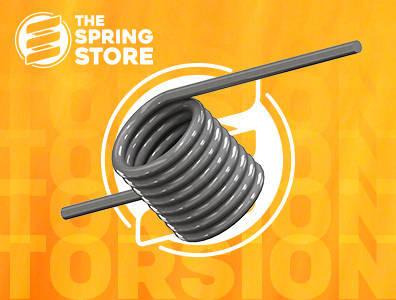
In order to determine whether a spring is a good option for the function you want your device to complete, you must first assess what action you require. If you need the spring to release energy stored and create a push back motion you would most likely require a compression spring. If you are looking for a pulling action that extends and retracts you would use an extension spring also known as a tension spring. If what you require is a rotating or radial type of movement, then a torsion spring would tend to be more adequate.





